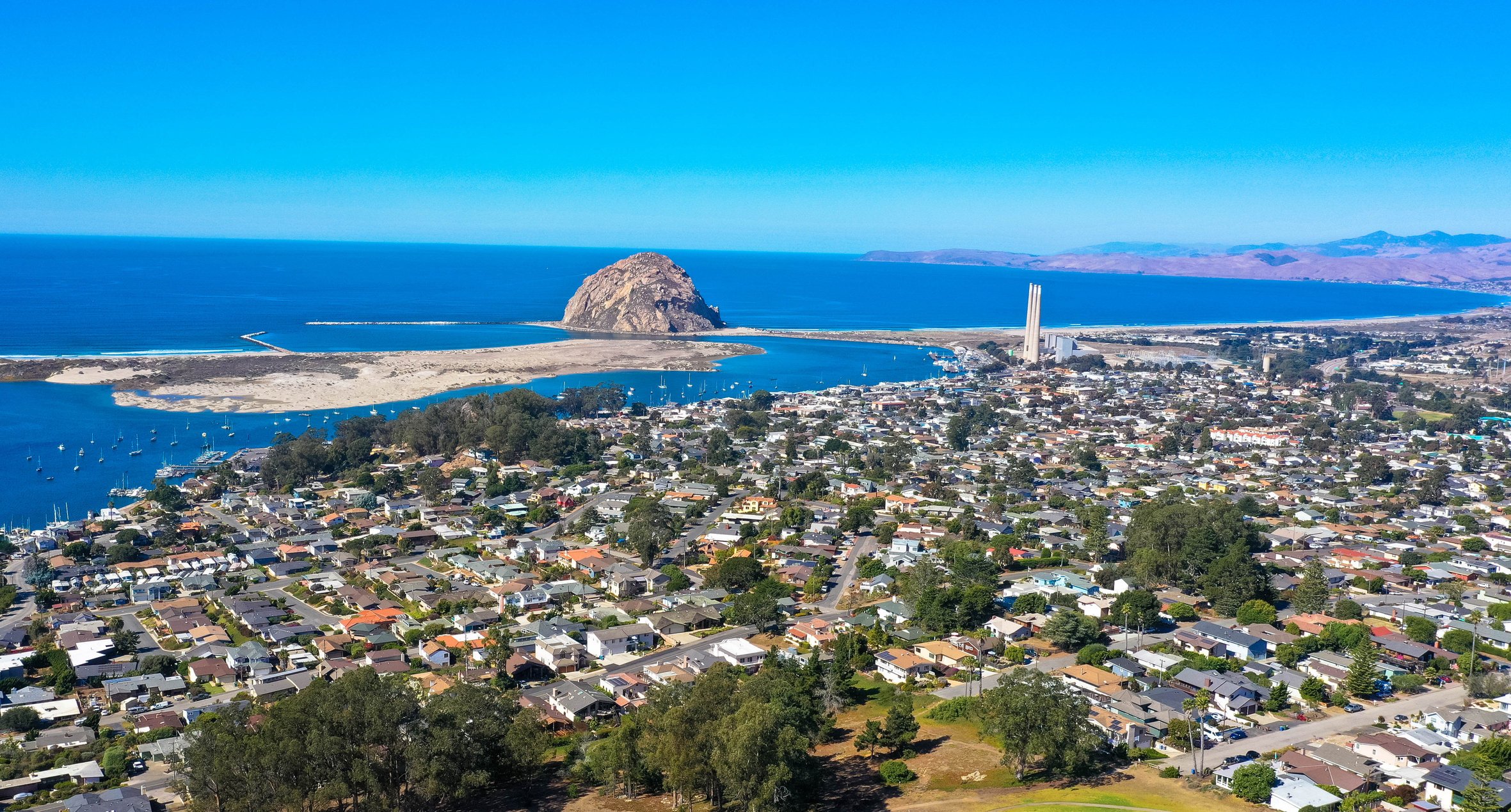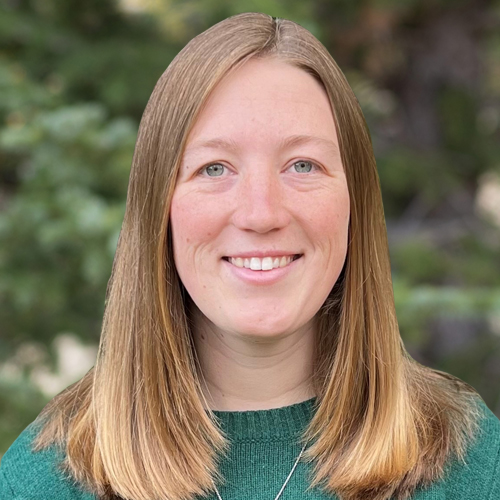Morro Bay Equity Strategy
By Dave Anning, Ph.D., Senior Consulting Economist
David L. Revell, Ph.D., Principal, Coastal Climate Risk and Resilience
Matthew Jamieson, Senior Scientist
Samantha Dietz, CE, Associate Scientist

OUR CHALLENGE
The Bay Foundation, the non-governmental organization tasked with management of the Morro Bay National Estuary Program (NEP), was required to develop an equity strategy associated with additional funding made available through the Bipartisan Infrastructure Law (BIL). The federal government’s Justice40 Initiative and the U.S. Environmental Protection Agency’s (EPA) Equity Action Plan seek to ensure projects allocate 40 percent of grant and BIL funding to disadvantaged communities. However, the tools and criteria that EPA uses to define and identify disadvantaged communities did not accurately reflect local variation in the burdens faced by people living in the Morro Bay NEP region. Bay Foundation staff reached out to Integral to develop an equity strategy that would include an appropriate definition of regionally disadvantaged communities (RDC) that reflects the burdens felt by those living in and visiting the NEP region. This would enable the client to meet its goal of informed allocation of 50 percent of BIL funds to projects that benefit communities living in and visiting the NEP area and comply with federal initiatives.
OUR APPROACH
To develop an alternative definition of disadvantaged communities that is applicable to the Morro Bay NEP region, Integral reviewed the components of existing environmental justice screening tools and the indicators and thresholds they employ. In addition, Integral reviewed the geographic scale at which data were available for the region and examined social and environmental indicators, and the variability of these indicators across the region. For each element considered, Integral validated the accuracy of each existing tool in measuring conditions in the region, based on interviews with Bay Foundation staff. Integral developed an RDC definition that combines elements of the EJScreen Supplemental Demographic Index, the U.S. Centers for Disease Control and Prevention Environmental Justice Index, and regional indicators from CalEnviroScreen. This combination of tools means that the indicators and thresholds used in the process accurately represent the true disadvantages faced by communities in the Morro Bay NEP region.
OUR IMPACT
Integral developed an alternative tool for identifying RDCs that is more relevant to the client than other existing tools. Understanding local and regional burdens affecting communities allows organizations such as the Morro Bay NEP to better serve their needs and enhance the flow of beneficial projects to these regional communities. In addition, our RDC tool helped the client better serve its community by meeting its ambitious goal of directing 50 percent of projects in the Morro Bay NEP to benefit areas identified as RDCs. Completing the equity strategy also enabled the Morro Bay NEP to meet BIL funding requirements, which substantially increased the operational budget over a 2-year period.



